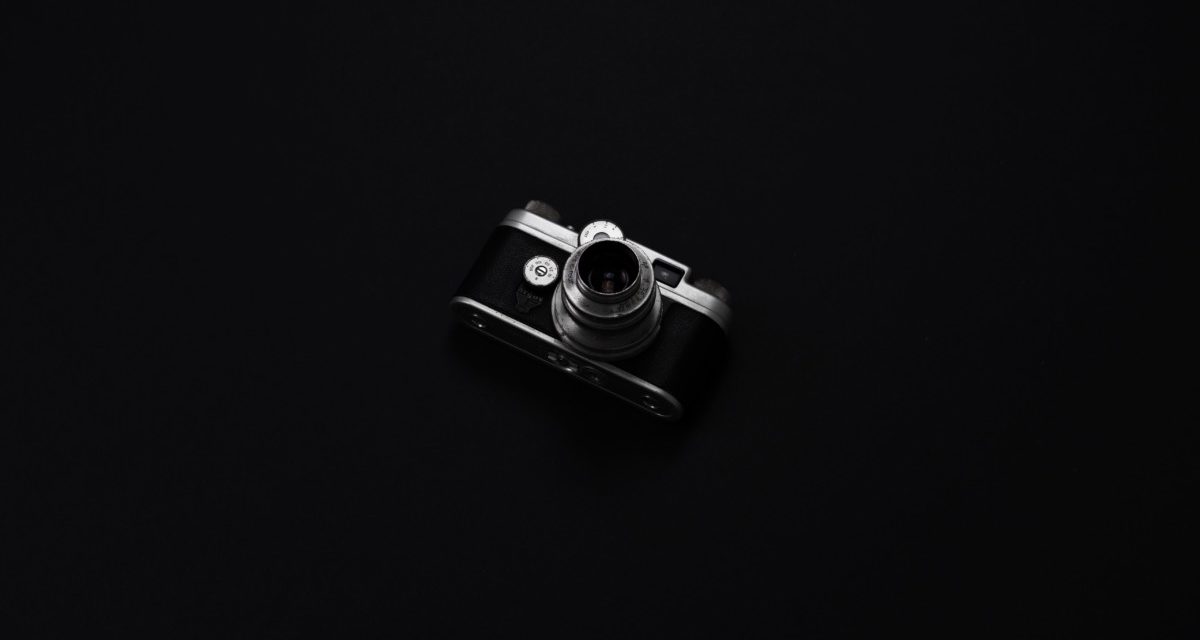[ad_1]
Battery consumption on a digital camera is worse than on the older film cameras, due to their onboard electronics. The thing to remember is the word battery does not mean only one cell, as some digital cameras require approximately four AA cells. And those four batteries can drain in about an hour or less of shooting. All of this adds up to the fact that batteries will always be a number one concern for any photographer to keep the camera running – cheaply, effectively, high capacity, rechargeable, and environmentally friendly.
Two very safe types for the environment are the NiMH (Nickel Metal Hydride) and the Ki-Ion (Lithium Ion) batteries which are less expensive to use than the traditional alkaline battery. These are an alternative to the 15 million alkaline batteries which are thrown away after a single usage. But regardless of which battery we are using, we cannot predict how long our digital camera will run by simply knowing the capacity rating of its battery. One example is the AA alkaline batteries which have a rating of over 2,500 mAh with the NiMH batteries only having a rating capacity of 1,200 to 1,900 mAh.
These numbers are what cause many photographers to falsely believe that the alkaline batteries have more power than the environmentally safe NiMH batteries. But for a fact, the NiMH batteries or the Li-Ion batteries will run the camera three to four times as long as alkaline batteries can deliver their full capacity only if the device is used slowly.
A NiMH battery with a rated capacity of 1,800 mAh will take more photographs than an alkaline battery does at the 2,800 mAh capacity. The digital cameras place a high-power drain on all batteries, which makes the rechargeable NiMH or NiCd (Nickel cadium) batteries better. The lithium batteries will also work, but are much more expensive and usually cannot be charged. The Duracell Ultra and Energizer Advanced Formula batteries also can last longer in the digital camera – but only 30% longer – which means a jump from 15 to 25 images on up to 20 to 40 images.
Many photographers place alkaline batteries in a freezer, thinking this will recharge them or keep them from running down. The fact is, alkaline batteries lose power at less than two per cent a year, so refrigerating or freezing them will not make much difference. But if they are stored in higher temperature surroundings, they lose their capacity a lot more – such as 5% a year at 85 degrees, or 25% at 100 degrees – which would require the refrigeration due to the outside heat.
The NiMH or NiCd batteries do lose power every day at 70 degree or higher weather, so refrigerating them will slow this down, while freezing them will keep its power at 90% capacity.
Another important step is the charging of the rechargeable batteries. A basic statement in a technical sense, states that “a battery that is always slow-charged will last longer than one that is rapid-charged”.
Many rumors have said to quick charge a battery such as NiMh will reduce its life, but if the battery charger has been purchased that is specifically designed to rapid charge the NiMH cells there will not be a problem; the reduction of its power is more often to occur with an “overnight” charger which relies on unplugging them after a certain number of hours. What happens if they are forgotten and they charge more than they should – the life of the batteries will be reduced is what happens.
[ad_2]
Source by Mike Singh

